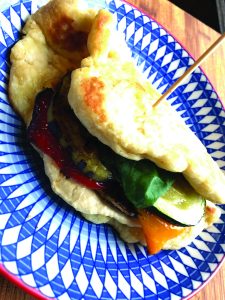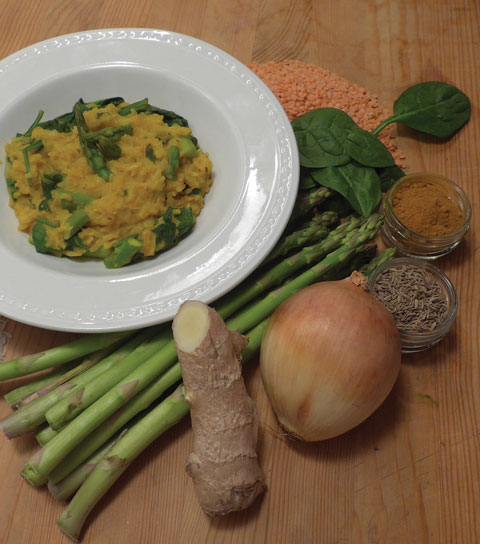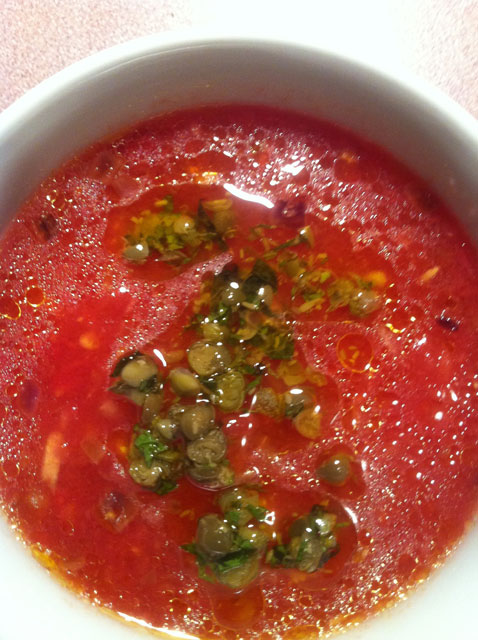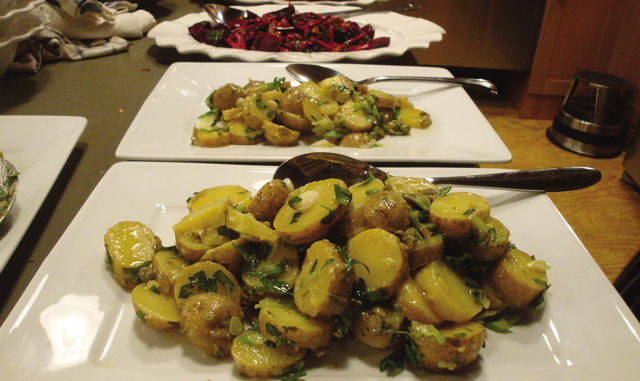 It may sound intimidating to make your own flat bread but this recipe is actually incredibly simple and has a big pay off. The recipe below is for a vegetarian version of a sandwich, but you can add some chicken or lamb with it for other delicious options.
It may sound intimidating to make your own flat bread but this recipe is actually incredibly simple and has a big pay off. The recipe below is for a vegetarian version of a sandwich, but you can add some chicken or lamb with it for other delicious options.
Ingredients
1 1/2 cups of Flour
2 teaspoons of Baking Powder
1/4 teaspoon of Salt
1 1/4 cups of Whole Milk Greek Yogurt (it’s important to use full fat)
2 Tablespoons of Olive Oil
One medium Zucchini
One small Eggplant
One Red Bell Pepper
One Yellow Squash
Two Tablespoons of Olive Oil
Salt and Pepper
One Clove of Garlic
4-6 large leaves of Fresh Basil
Hummus
Recipe
Place the flour, baking powder, salt and yogurt in a large bowl and mix with a rubber spatula until a moist, shaggy dough forms. Dust a work surface with flour. Transfer the dough onto the work surface, sprinkle with more flour, and knead until smooth, 8 to 10 kneads.Divide the dough into 4 portions and roll each into a ball about 3 inches wide. Cover loosely with plastic wrap and let rest for 20 minutes. Heat a griddle, grill pan, 12-inch cast iron skillet, or nonstick frying pan over medium-high heat until a drop of water immediately sizzles on contact. Meanwhile, roll out the dough.Generously dust a work surface and rolling pin with flour. Roll 1 ball of dough into a 9-inch round about 1/8-inch thick, dusting with more flour as needed to prevent sticking.Brush the pan with a thin layer of oil or use a paper towel to coat the pan with a thin layer of oil. Place the flatbread in the pan and brush the top with a thin layer of oil. Cook until puffed and golden-brown in spots, 2 to 3 minutes per side. Remove to a cutting board.While the first flatbread is cooking, roll out the next ball of dough. Cook the remaining flatbreads, making sure to brush the pan and top of the flatbreads with oil each time.
Cut all the vegetable into thin (1/4 inch) thin slices. Crush the garlic clove. Toss the vegetables, garlic clove and some salt and pepper in a bowl with the olive oil. Spread out in one layer on a sheet pan and place in a 400 degree oven and roast until browned, turning once. Should take between 15 and 20 minutes.
To assemble the sandwich spread a generous layer of hummus on the flatbread. Layer the roasted vegetables on the hummus and top with the fresh basil leaf.

 Let’s be honest — Whether you’re a fan of sweets or not, who doesn’t love pie? Four & Twenty Blackbirds has become a staple in the Gowanus neighborhood for both their savory and sugary concoctions. Owners Melissa and Emily, who learned the tricks of the trade from their Grandma Liz, got their start building custom pies out of their Brooklyn apartment before establishing a flagship location in 2010. Now, Four & Twenty Blackbirds is easily the top spot in Brooklyn for pies.
Let’s be honest — Whether you’re a fan of sweets or not, who doesn’t love pie? Four & Twenty Blackbirds has become a staple in the Gowanus neighborhood for both their savory and sugary concoctions. Owners Melissa and Emily, who learned the tricks of the trade from their Grandma Liz, got their start building custom pies out of their Brooklyn apartment before establishing a flagship location in 2010. Now, Four & Twenty Blackbirds is easily the top spot in Brooklyn for pies.

 You know the perfect melon when you read one—food writers are hopelessly poetic in the face of hyper-seasonal food. But what happens when the food we pay homage to falls short of expectations? What do we do when perfectly ripe produce is anything but?
You know the perfect melon when you read one—food writers are hopelessly poetic in the face of hyper-seasonal food. But what happens when the food we pay homage to falls short of expectations? What do we do when perfectly ripe produce is anything but? I’m thrilled to share this gift of spring, a recipe philosophy by Tamar Adler, author of the recently released An Everlasting Meal: Cooking with Economy and Grace (Scribner, October 2011). Simply put, Tamar is one of the most beautiful and inspiring people that I have ever met; her love of olive oil, herbs and life is contagious, and her kitchen prose, so eloquently expressed during a Ger-nis Culinary class, mesmerized me. Tamar, her book, and more, will win you over too at tamareadler.com. To new inspiration! Best, Destin
I’m thrilled to share this gift of spring, a recipe philosophy by Tamar Adler, author of the recently released An Everlasting Meal: Cooking with Economy and Grace (Scribner, October 2011). Simply put, Tamar is one of the most beautiful and inspiring people that I have ever met; her love of olive oil, herbs and life is contagious, and her kitchen prose, so eloquently expressed during a Ger-nis Culinary class, mesmerized me. Tamar, her book, and more, will win you over too at tamareadler.com. To new inspiration! Best, Destin With its bright orange flesh and sweet flavor, butternut squash is an ideal ingredient for sweet and savory dishes. Rich in vitamins A and C, it is also a good source of fiber, potassium and magnesium. Choose squash that is free of blemishes, firm, and with a long neck. Perfect for a chilly weekend, pick up a fresh, local squash from the Saturday green market at Grand Army Plaza. Fresh seasonal produce can also be found at Union Market.
With its bright orange flesh and sweet flavor, butternut squash is an ideal ingredient for sweet and savory dishes. Rich in vitamins A and C, it is also a good source of fiber, potassium and magnesium. Choose squash that is free of blemishes, firm, and with a long neck. Perfect for a chilly weekend, pick up a fresh, local squash from the Saturday green market at Grand Army Plaza. Fresh seasonal produce can also be found at Union Market.